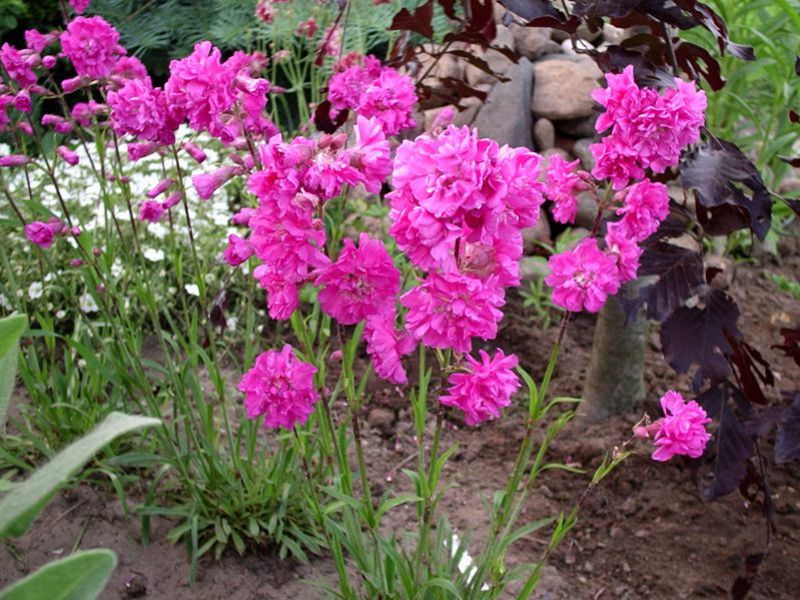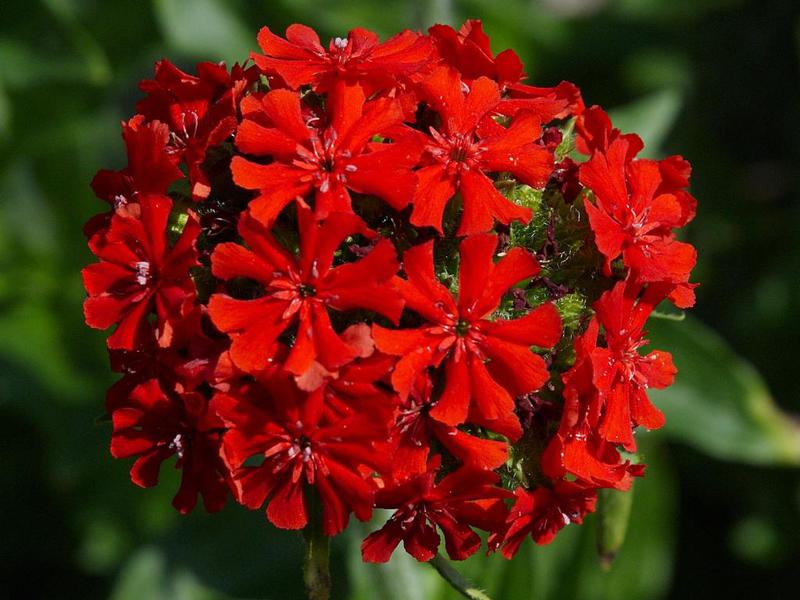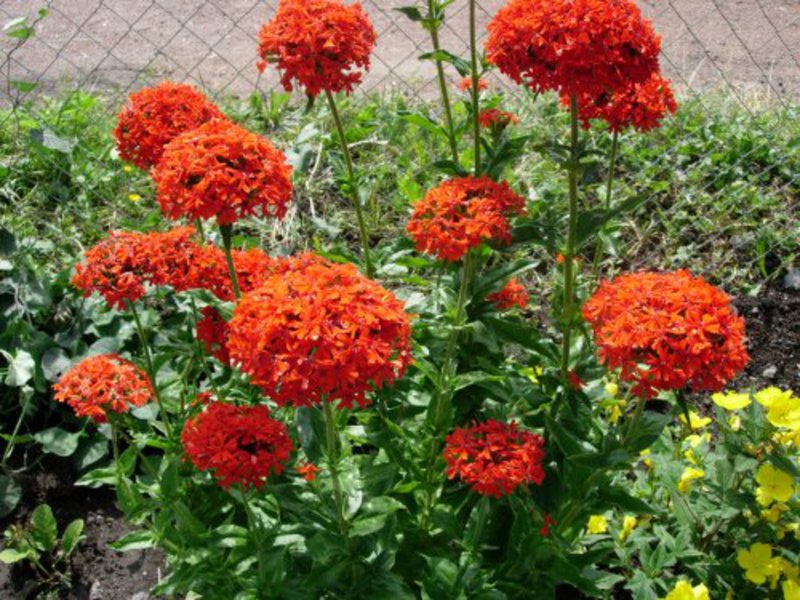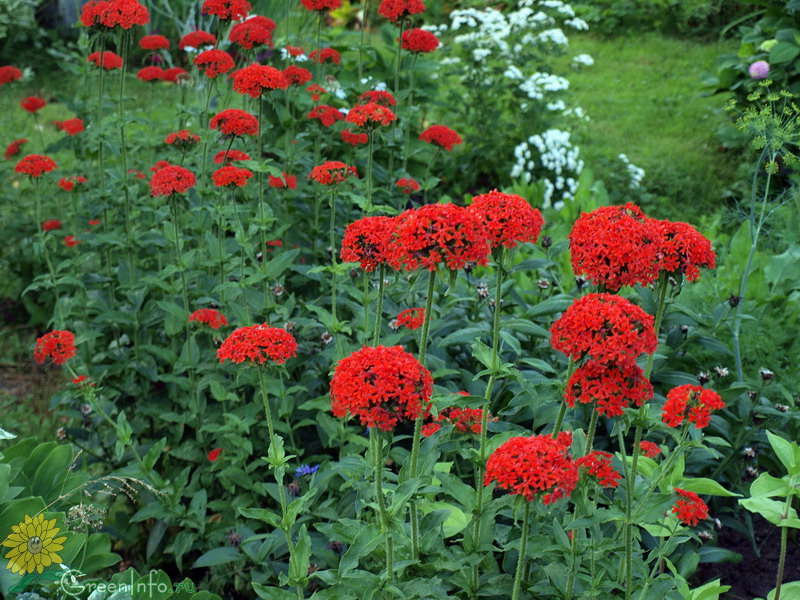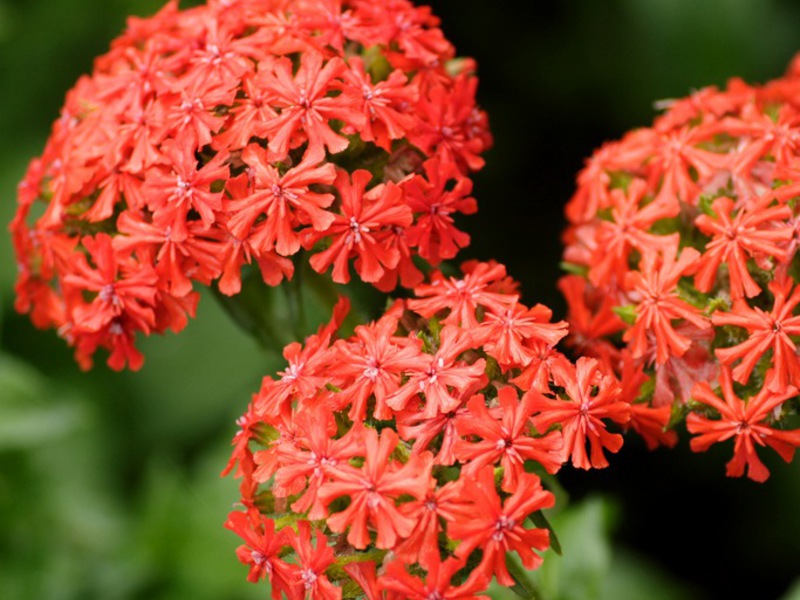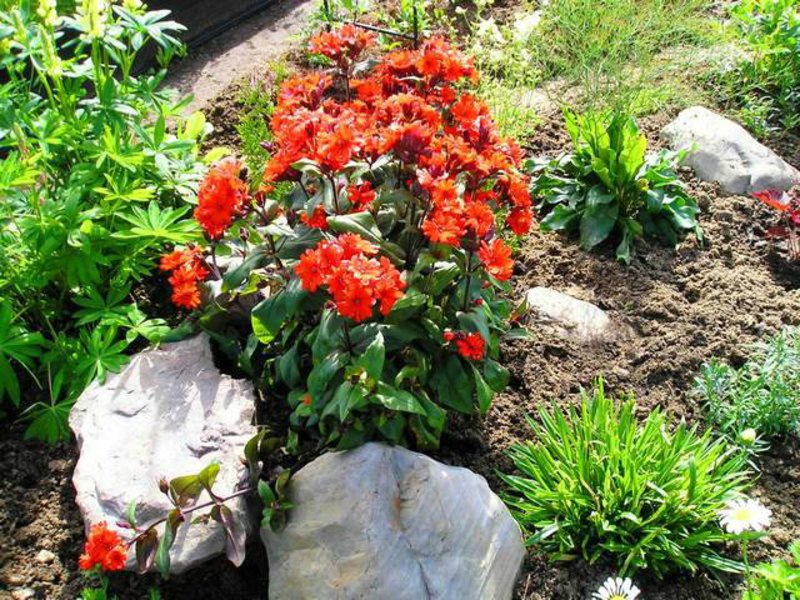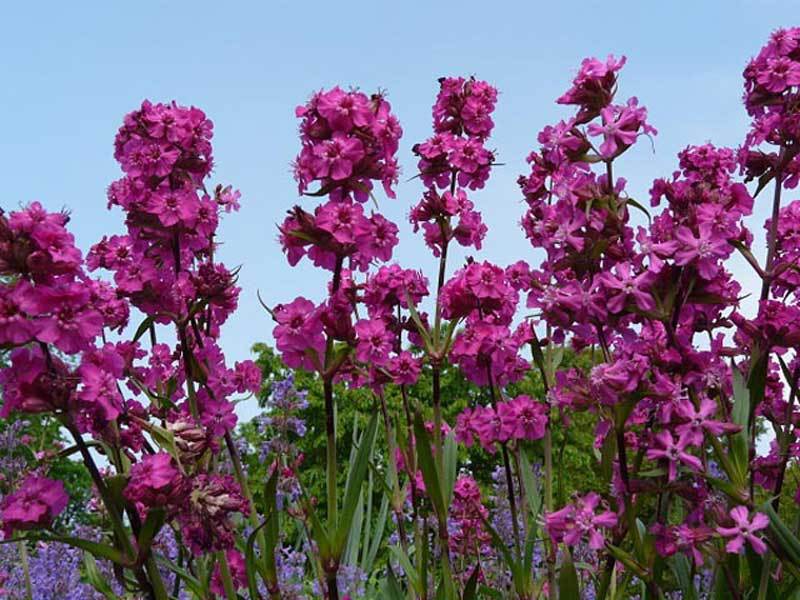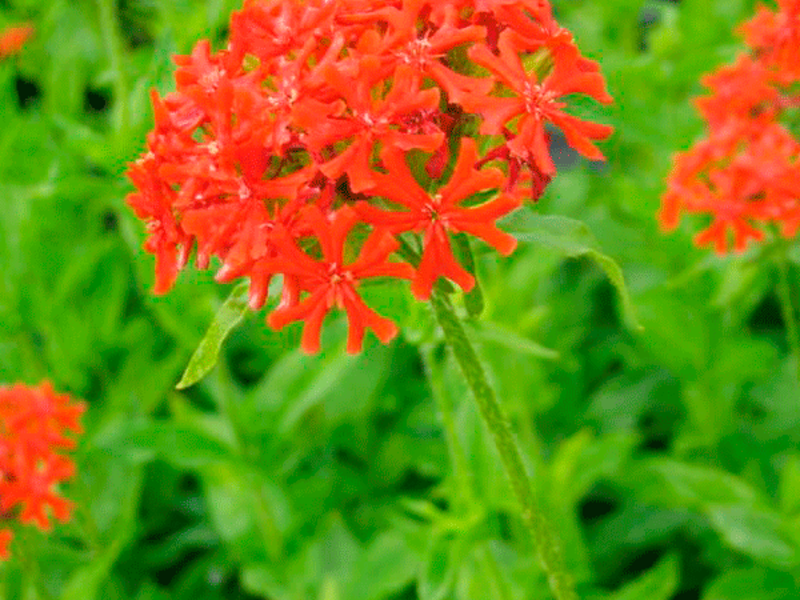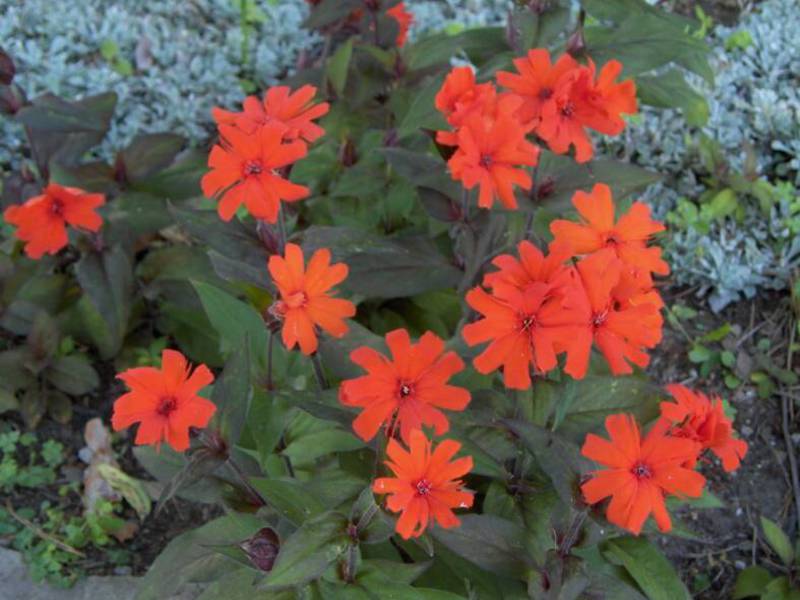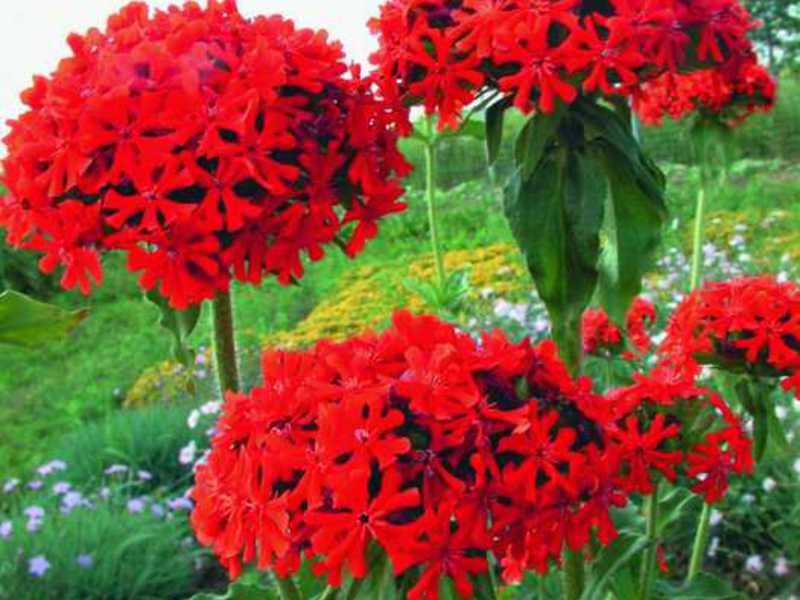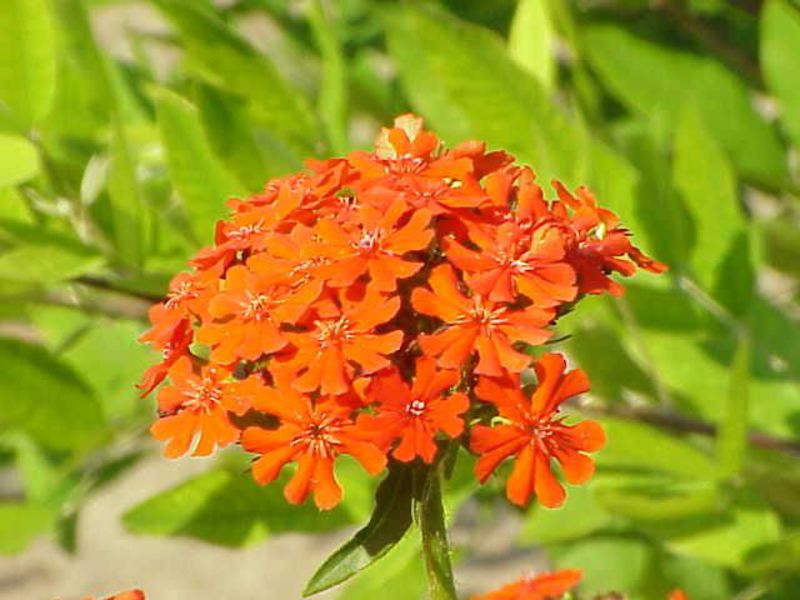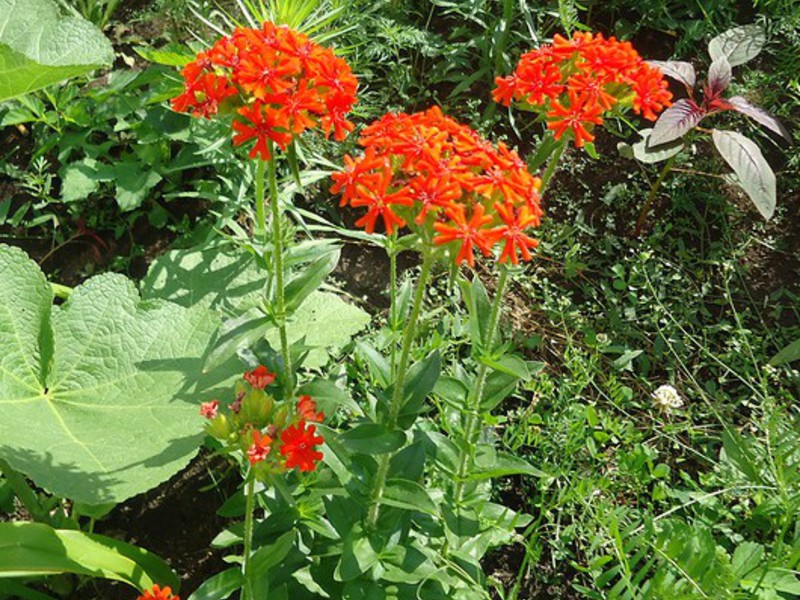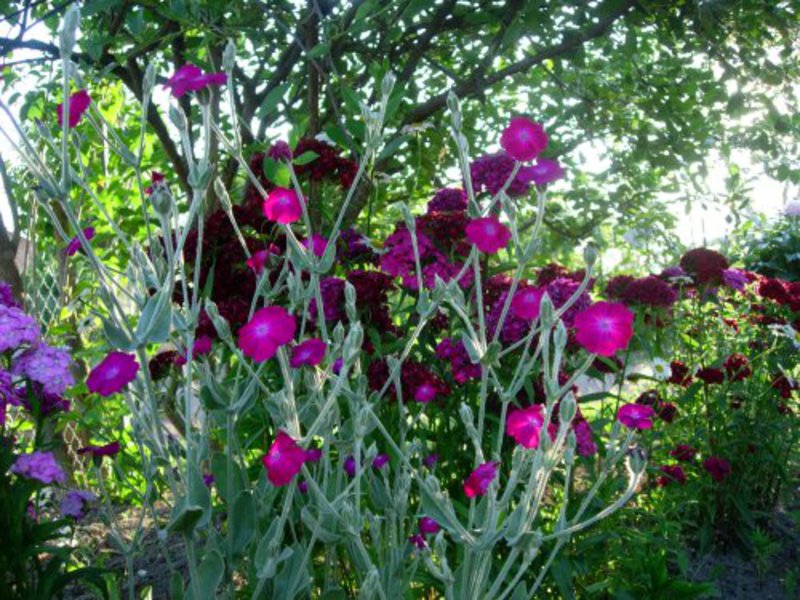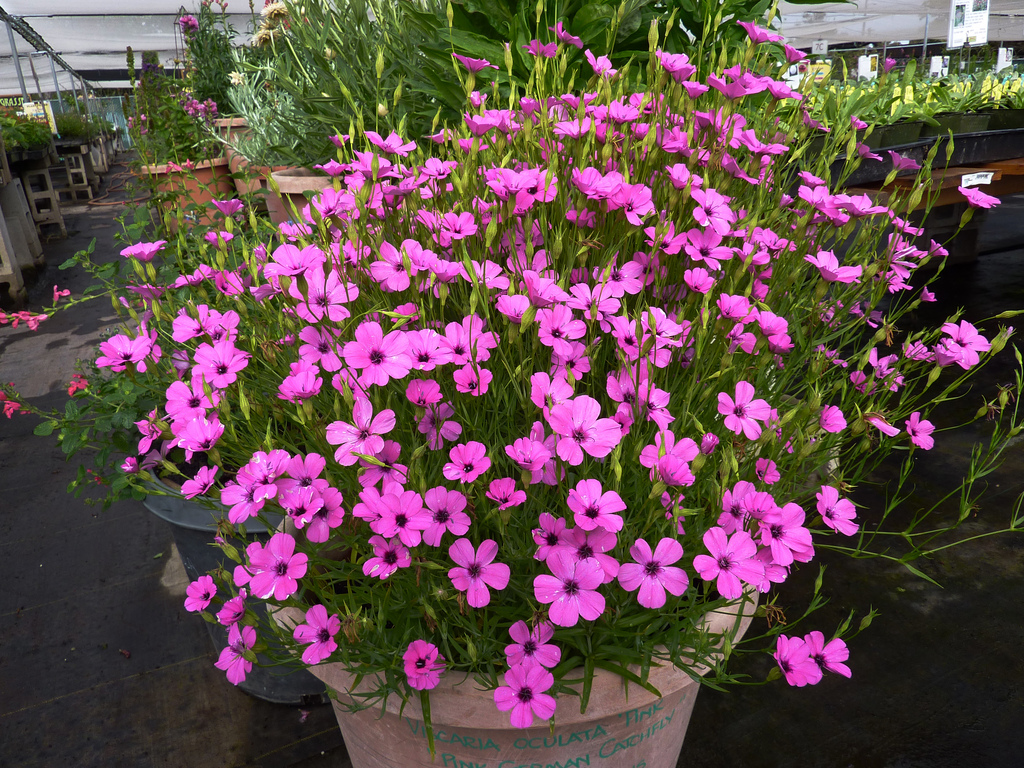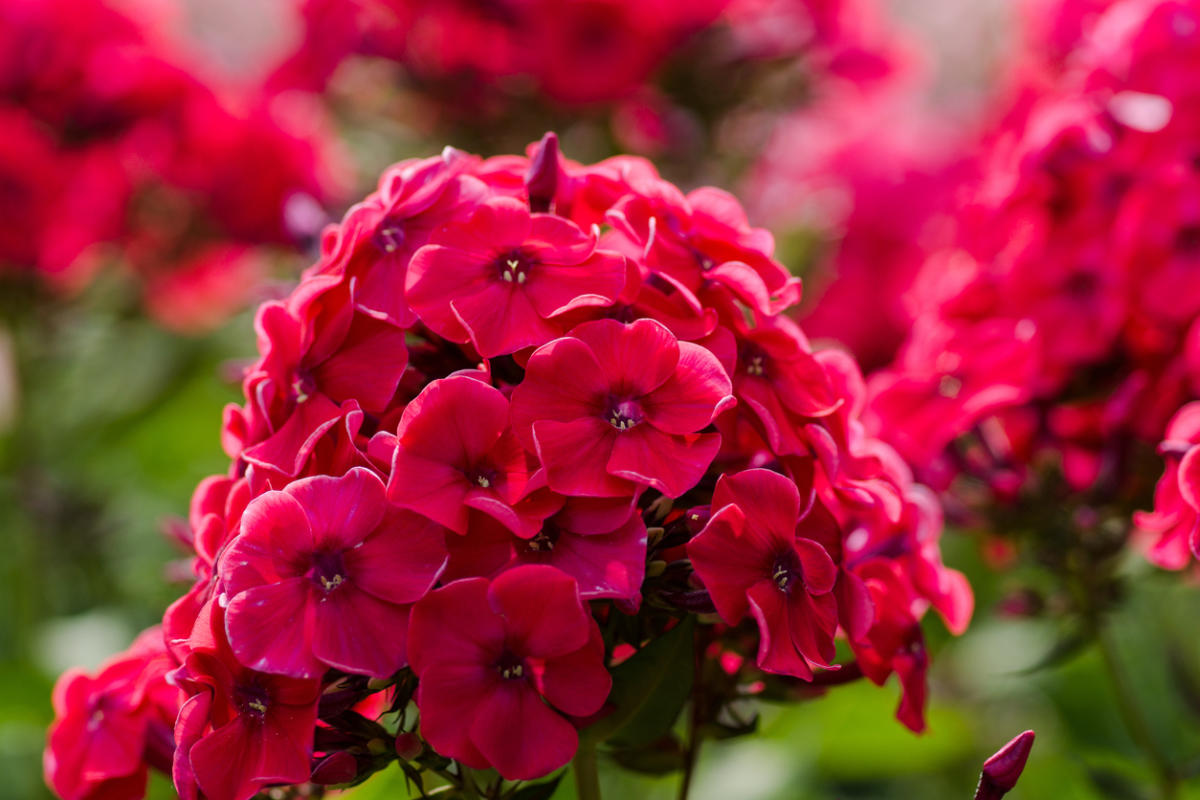The perennial plant lychnis is familiar to most flower growers under the name "Tatar soap" or "soapbox". This is due to the fact that the roots of Lychnis "Alba" and "Dawn white" have special properties, and they can be used for washing hands, removing stains during washing and removing fat. Gardeners love lychnis for its beautiful long-flowering spherical inflorescences in white, lilac, crimson, orange or scarlet. Those who like these modest, unpretentious flowers successfully grow them in their summer cottage.
Perennial lichnis: photo, description, types
The bright lychnis flower is immediately noticeable in any flower bed. The plant is distinguished by numerous erect stems, at the top of which are spherical inflorescences. The stems of the flower are covered with oblong-lanceolate or ovate-lanceolate leaves. Quite large bright flowers adorn the garden for a month. Of these, they ripen by the end of summer dark brown kidney seeds.
Popular types of lychnis
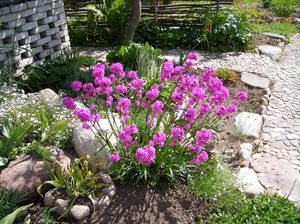 The plant has about thirty species, among which only a few of them are widespread in landscape design.
The plant has about thirty species, among which only a few of them are widespread in landscape design.
Likhnis chalcedony or "Zorka"... A perennial herb, 80-100 cm high, its second name "Dawn" got its fiery red inflorescences. Each flower consists of notched or two-lobed petals and reaches a diameter of 3 cm.The flowers themselves are collected in corymbose-capitate inflorescences with a length of up to 10 cm in diameter. Chalcedony lychnis blooms in July and August. Its garden forms are distinguished by simple white and pink flowers, and double pink flowers, with a red eye in the middle.
Lychnis crown... Perennial is a plant with dark, ash-gray, densely branched stems. In late spring, single racemose inflorescences of white, pink or bright crimson are formed on the stems. The flowering of Lychnis crown lasts until autumn.
Lychnis "Jupiter"... Loose bushes up to 80 cm high are distinguished by densely leafy branched stems and lanceolate-oval leaves. It blooms in the middle of summer with light purple flowers with a diameter of 3 cm. Every 3-4 years it is advisable to rejuvenate a plant of this species.
Lichnis "Haage"... A herbaceous perennial plant up to 40-45 cm high is a garden hybrid. The species is distinguished by oblong-ovate leaves and racemose inflorescences, consisting of 3-7 orange-red flowers. Their petals have deeply incised limbs and a narrow long tooth. Flowering begins in late June and lasts for one and a half months.
Lychnis sparkling... A plant with straight stems 40-60 cm high has light green oval-lanceolate or oblong-ovate leaves. Shield-like capitate inflorescences consist of fiery red flowers with four-part petals. The buds form in July and bloom until the end of August.
Lychnis "Viskarya"... A perennial with crimson stems reaches a height of one meter. Its paniculate inflorescences can be pink, bright crimson, or crystal white.Blooms in late spring and pleases with its extraordinary flowers all June and July.
Lychnis alpine... A herbaceous shrub with a height of 10-20 cm, it is distinguished by flowering stems, basal rosettes and opposite linear leaves. Paniculate inflorescences consist of crimson or pink-red flowers that bloom in June. The species is used to decorate rockeries and alpine slides.
Lichnis planting in open ground
Successful cultivation and a beautiful, long flowering plant directly depends on the correct planting and the implementation of all care recommendations.
When choosing a place, it is important consider the following factors:
- For almost all flower varieties, it is necessary to choose well-lit areas. Only crown lychnis can grow and bloom in the shade.
- The plant requires fertile, moist, well-drained soil.
The soil for planting is prepared in about a month. The soil is dug up, loosened and fertilized. For each square meter, you must enter:
- humus or compost - 10 kg;
- superphosphate - 50 g;
- kalimagnesia - 40 g.
In spring or autumn, the bushes are planted in holes prepared for the size of the rhizomes at a distance of 25 cm from each other and are well watered.
Features of Lychnis care
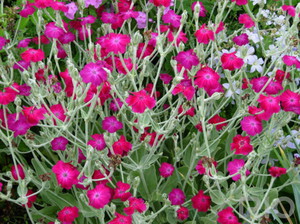 A plant that is undemanding to care for does not like abundant moisture, therefore it is watered only as the soil dries out. Otherwise, the roots will start to rot and the flower will die.
A plant that is undemanding to care for does not like abundant moisture, therefore it is watered only as the soil dries out. Otherwise, the roots will start to rot and the flower will die.
During the season, the soil in the flowerbed where lichnis grows, it is necessary to remove weeds, loosen and mulch the soil... To prolong flowering, faded and withered buds are regularly removed, and dried shoots are pruned.
Fertilizer
When caring for lichnis, fertilizers are applied 2-3 times throughout the season. The first top dressing before flowering during the period of active growth is carried out with a solution prepared from the following minerals:
- superfrsfat;
- carbamite;
- potassium sulfate.
Each ingredient must be taken one tablespoon and diluted in a bucket of water. Each square meter of soil is fertilized with three liters of the prepared solution.
The second time during flowering, the shrubs are fertilized with another solution. For its preparation, one tablespoon is diluted in 10 liters of water:
- the drug Agricola;
- potassium sulfate;
- superphosphate.
One square meter requires 5 liters of fertilizer. Lichnisi are fed with the same solution after flowering in autumn.
Lichnis breeding
Perennials reproduce easily cuttings, dividing the bush and seeds:
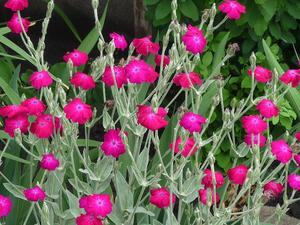 The bushes are divided into separate sections in spring or autumn, which are immediately planted in a new permanent place.
The bushes are divided into separate sections in spring or autumn, which are immediately planted in a new permanent place.- Cuttings are harvested from young shoots in early summer. Each stalk should have a length of 20-25 cm. The sections are planted on a seedbed under a film, and after rooting and the start of growth of new shoots, they are planted in permanent places.
- Seeds are sown in open ground in spring. Before sowing, river sand and humus are introduced into the soil. Seeds planted in moist soil are covered with a film. At a temperature of + 18- + 20C, seedlings will sprout about three weeks after planting. After the appearance of 3-4 leaves, the seedlings are planted in their permanent place. Lichnisi grown from seeds will bloom only next year.
All the beauty of Lichnis revealed in group landings... They can be planted alone or combined with chrysanthemums, asters or perennial carnations. With proper planting and care, perennials will look spectacular and will decorate any corner of the garden with their long flowering.
